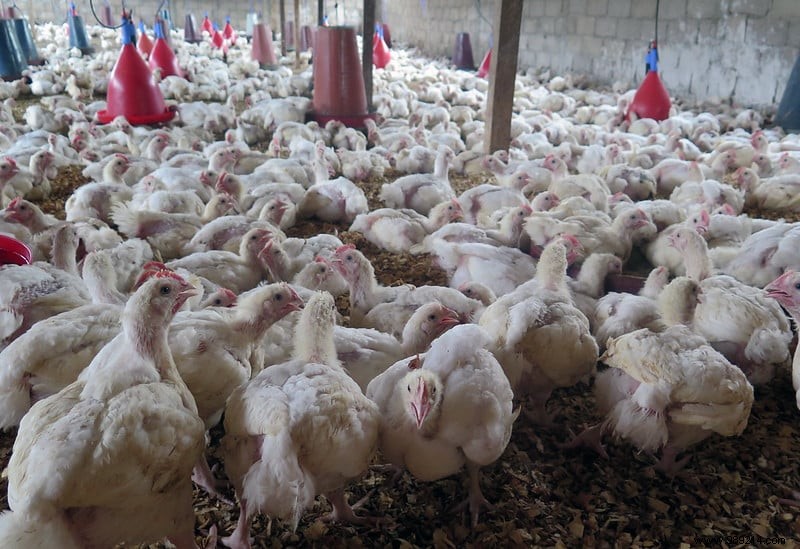Chinese authorities claim to have detected the first ever case of H3N8 avian flu in humans. Indeed, a four-year-old child was infected in the center of the country. Nevertheless, these same authorities promise a low risk of transmission between humans.
With the H7N7 subtype, the H3N8 subtype of the influenza A virus is one of the two viruses that cause equine influenza and canine influenza, and it also affects birds. Known since the end of the 19th century, the H3N8 avian influenza virus has been thought to be the cause of the 1889-1890 influenza pandemic (or Russian flu), which caused the death of around one million of people. Ultimately, that was not the case. It took more than a century for this subtype to actually be the first human contamination as reported by the Reuters news agency on April 27, 2022.
According to the Ministry of Health of China, a four-year-old child was directly infected by birds in Henan Province. The child's parents raise chickens and the whole family lives in an area populated by crows and wild ducks. However, the health authorities having carried out tests on the child's entourage would not have discovered any anomaly . The child had been hospitalized for a fever in early April 2022, before testing positive for the H3N8 subtype.

The Chinese Ministry of Health considers this to be "one-off interspecies transmission" . This would therefore imply a low risk of large-scale transmission . On the other hand, the authorities advise the population to stay away from dead or sick birds. In addition, the virus is currently under increased surveillance in order to avoid any overflow. A consultation with the doctor is also necessary in case of fever or respiratory symptoms.
Sequence analyzes of the genome as a whole have made it possible to understand that this was a viral recombination, that is to say the mixture of the genetic program of two viruses . However, this viral recombination was already known. It must be said that China contains many populations of both farmed and wild birds, providing fertile ground for viral recombinations and mutations. The result is strains potentially capable of adapting to humans and other mammals. In June 2021, the first human case of H10N3 avian flu was discovered there, for example. And again, the authorities were reassuring and said that the risk of a pandemic was very low.